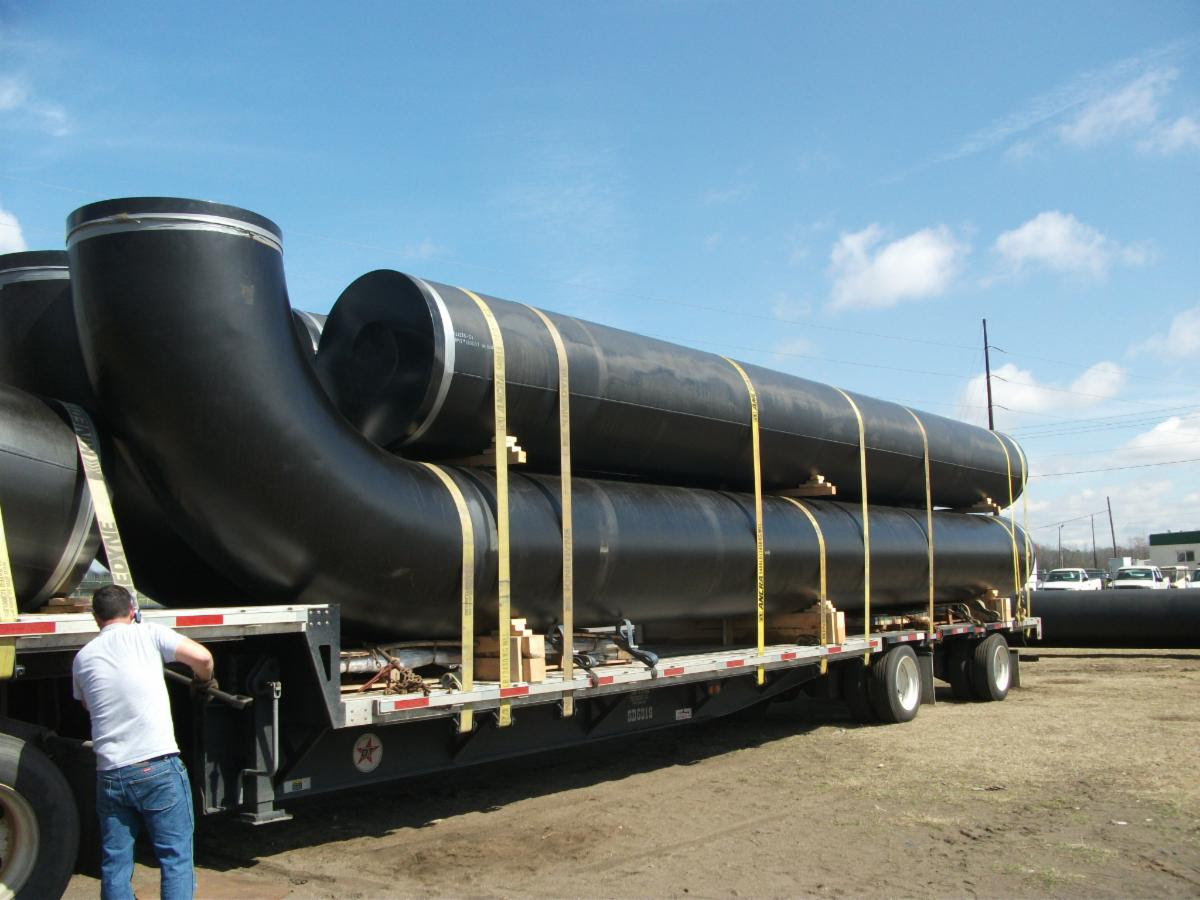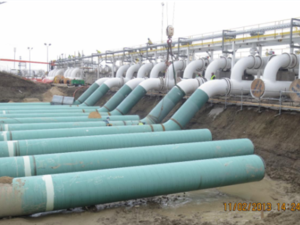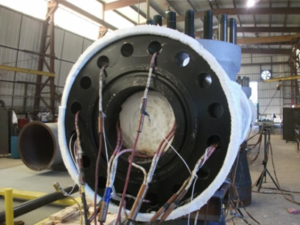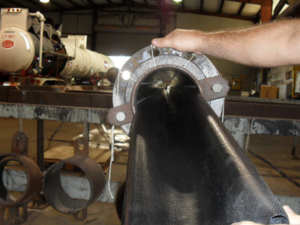“November 5th: A Life Sentence for EVs?”
| “November 5th: A Life Sentence for EVs?”
“The 2024 president election could very well be a pivotal moment for the U.S. auto industry, determining whether the momentum towards electrification continues or takes a significant detour”. Over the past 4 years, the government has pushed ahead with new policies aimed at increasing electric vehicle adoption in the United States. However, most car buyers in the U.S. are not purchasing EVs and remain skeptical of the technology. Considering the following:
As a result, most executives at auto companies are cutting back on production; cancelling plans for specific products or shifting EV expansion timelines. With financial losses and a surplus of inventory, it would appear that the EV market has reached a saturation point. Analysts claim that “there’s too much supply and not enough demand”. Enter the 2024 presidential election and the significant differing views between the two parties. In March of this year, the EPA announced a new national pollution standard requiring that most new vehicles sold in the U.S. be either all-electric or hybrids by 2032. In addition, a new more stringent emissions rule will come into effect in 2027. The Democratic Party platform approved in July 2024, takes credit for the new EPA rulings as well as the 2022 Inflation Reduction Act which provides tax credits of $7,500 for a new EV purchase and $4,000 for a used EV. To reduce buyers’ concerns over the lack of charging stations, the IRA allocates $17 Billion for the construction of 500,000 electric vehicle chargers. Should the Democrats prevail in November, one can expect continued funding for the EV market, regardless of its popularity. Should the Republicans prevail, their candidate has promised the end of the EV mandate on day one and redirecting present funding (which is critical to EV sales) back to gas-powered vehicle manufacturing. Without the tax credits and subsidies; without the consumer getting excited over the EV; without the abundance of charging stations, and without the EV becoming competitive with the gas-fired vehicle, the EV market is tenuous at best. Putting everything in practical terms, there are more automotive manufacturing plants in our country than States with millions of workers in the manufacturing and allied markets. (This includes 1,070,100 people employed in motor vehicle and parts manufacturing and almost two million people employed in motor vehicle and parts dealerships.) Whatever path takes form in 2025, many workers’ futures will be affected. |
To learn more about who Dixie is, visit our About page.







Stay Connected